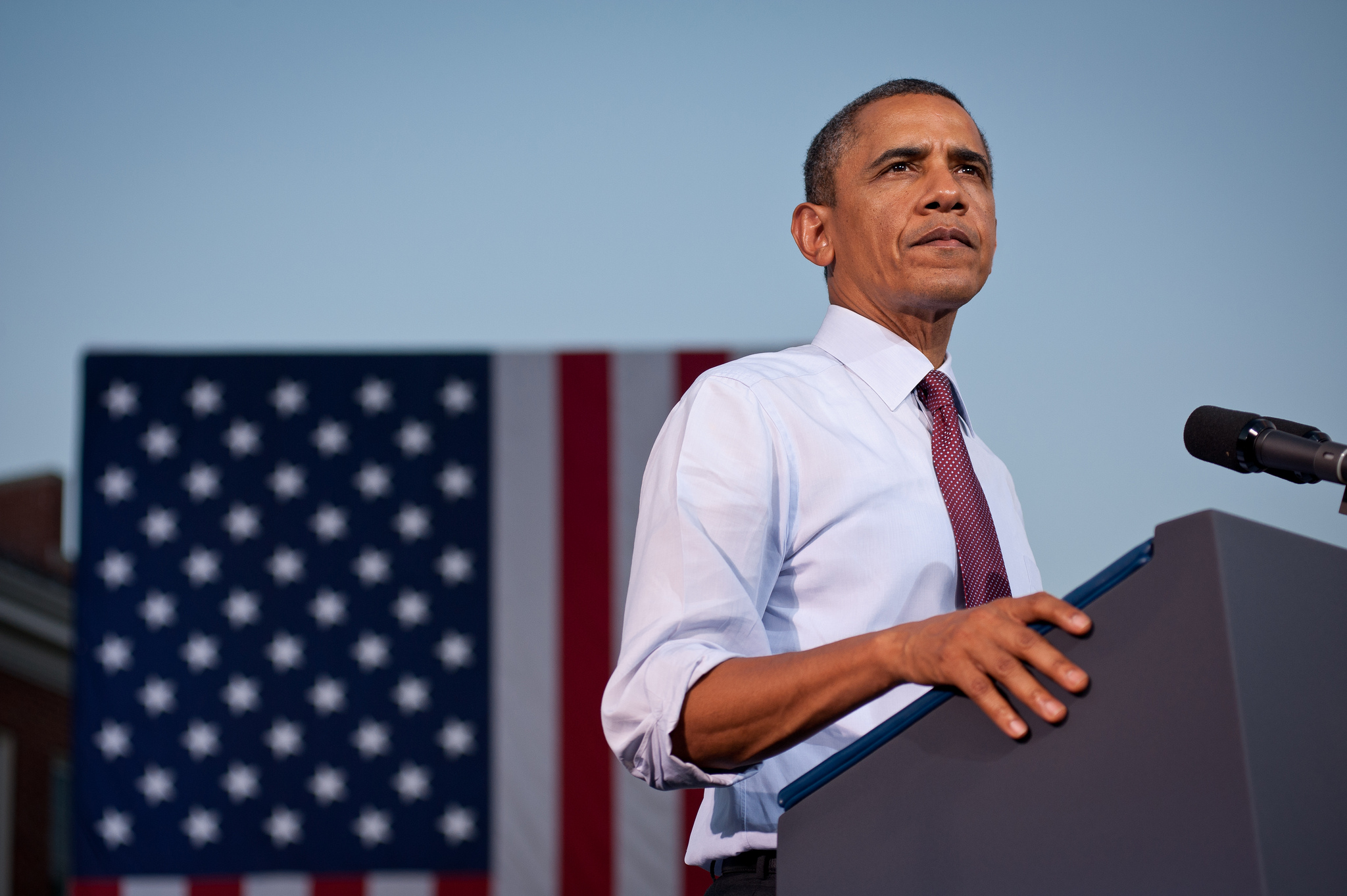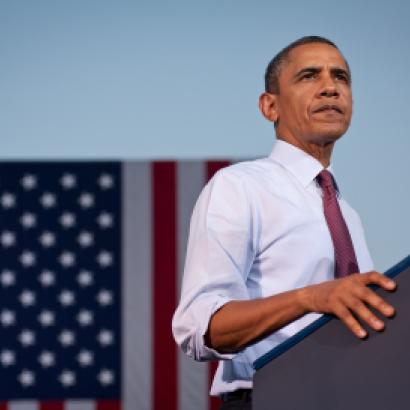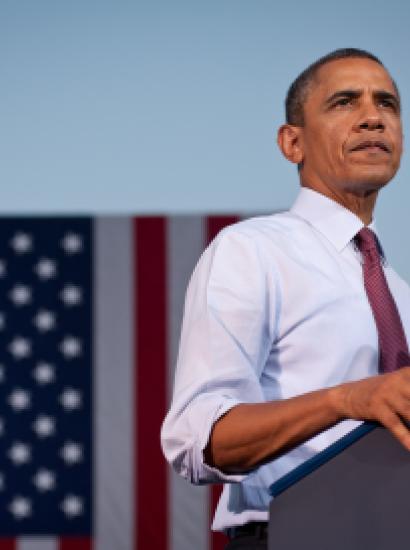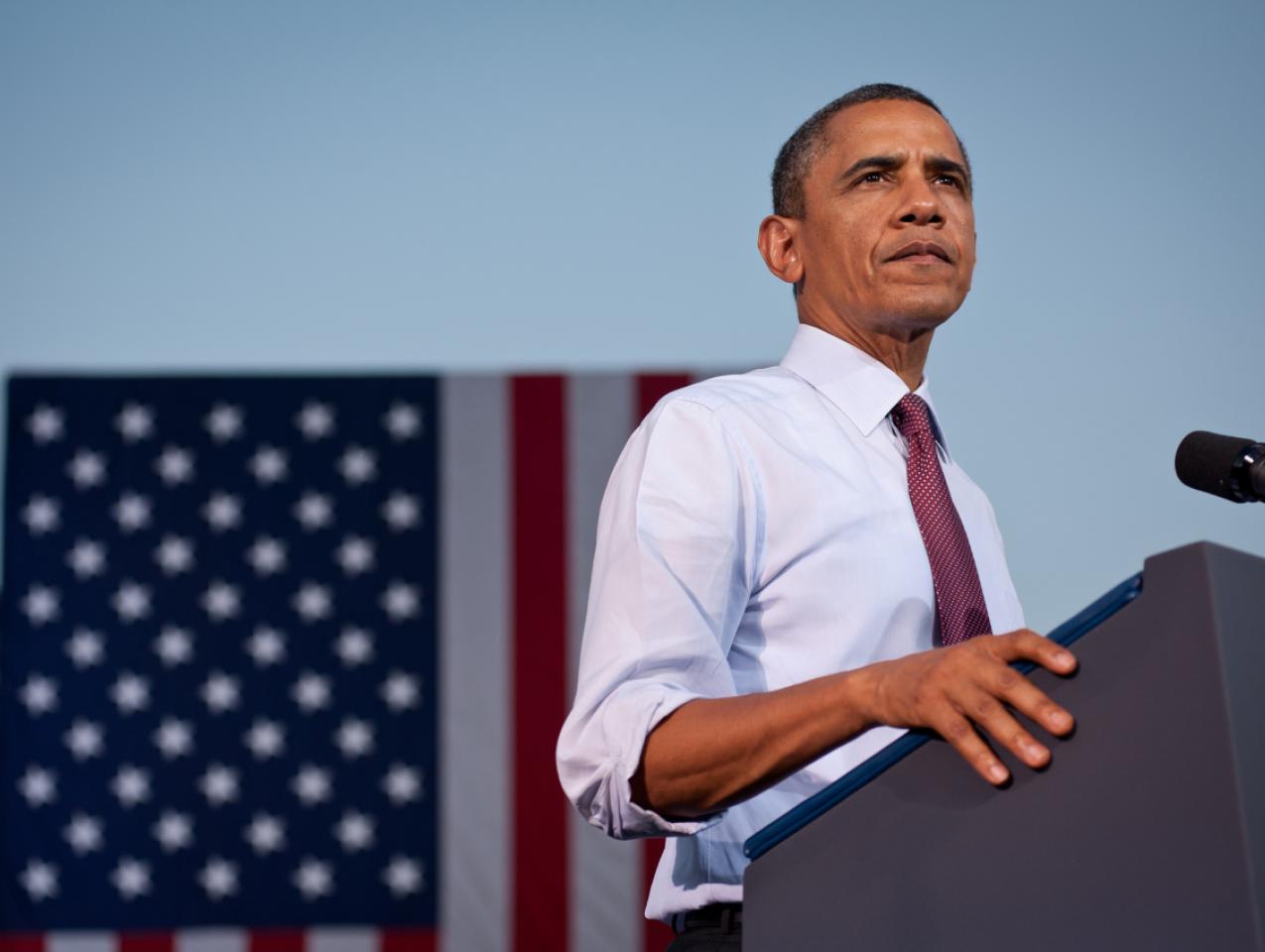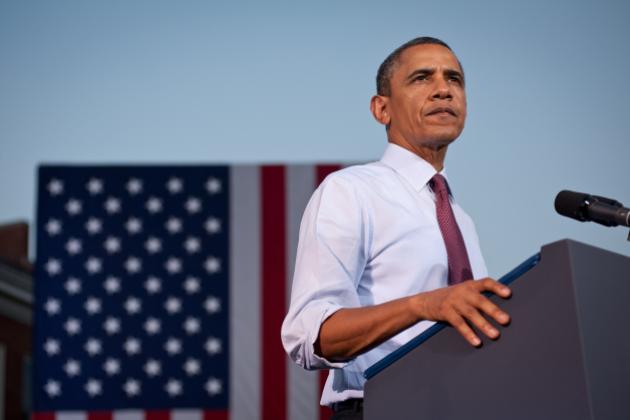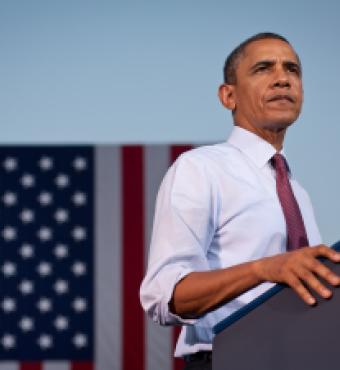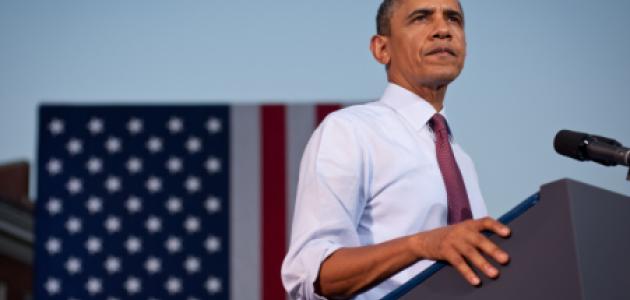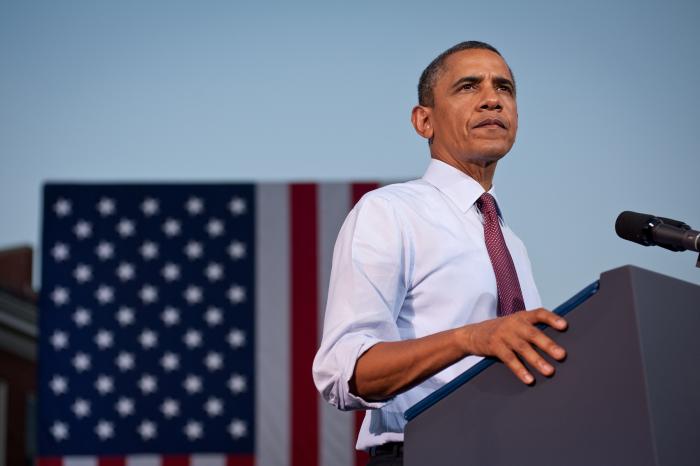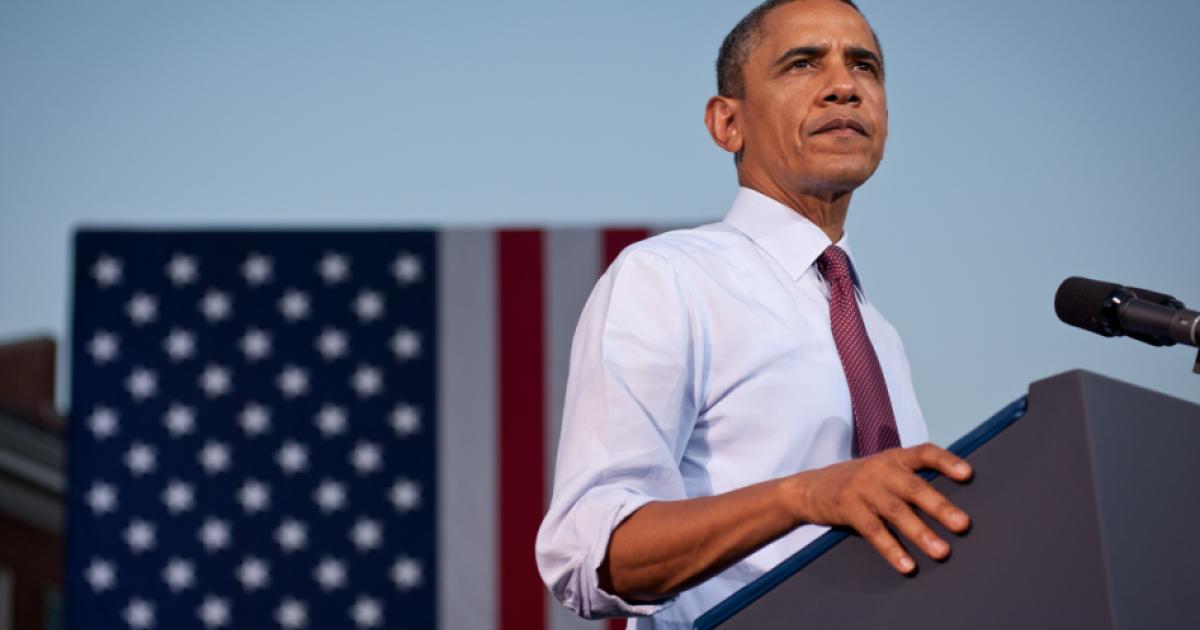When it comes to foreign policy, President Barack Obama’s intentions and plans are unclear even to himself. The President’s indecision can be seen in his effort to authorize the use of military force “against the Islamic State of Iraq and the Levant,” a plan that has been met with strong opposition on both sides of the aisle.
On one side sit many Republicans who think that his weak resolution is tantamount to an unprecedented surrender of military power to the Congress, which is institutionally no more capable of running a war than of running the Post Office. On the other side lie the conflicted Democrats who are convinced that this resolution amounts to a wholesale of surrender of power to the President to enter into foreign adventurism on an unprecedented scale in ways that are sure to lead to future embarrassments. In the meantime, the hardened criminals of ISIL can bask at their good fortune of facing a tormented enemy whose collective psychological meltdown is worth several ground divisions.
To grasp the level of decline in American governance on foreign policy matters, we can compare the unified response to 9/11 to today’s tortured impasse. The original AUMF was passed by Congress on September 14, 2001 and signed into law by President George W. Bush on September 18. The scope of that text was thought at the time to be broad because it authorized the President “to use all necessary and appropriate force against those nations, organizations, or persons he determines planned, authorized, committed, or aided the terrorist attacks that occurred on September 11, 2001, or harbored such organizations or persons, in order to prevent any future acts of international terrorism against the United States by such nations, organizations or persons.”
Alas, even with the benefit of hindsight, this language does not quite cover the rise of ISIL, which is not a lineal descendant of Al-Qaeda, even though it shares Al-Qaeda’s all-consuming desire to rain as much death and destruction down on the United States and its allies as it can possibly muster. My own cautious view is that the badness of fit under the AUMF should not strip the President from the ability to attack an enemy whose activities are so close to the original target that they could reasonably be thought to fall within its ambit. The fine points of radical Islamic political divisions should not hamstring military efforts against such a malevolent foe.
Others, most notably law professor Bruce Ackerman, give ample reason to disagree with my assessment. Under such murky circumstances, there is widespread agreement that the nation needs some definitive Congressional action today to legitimate the President’s actions. Nonetheless, this open political wound has been allowed to fester for months.
Meanwhile the overall situation on the ground has deteriorated in the past six months. Notwithstanding sporadic U.S. and allied air attacks on ISIL positions, the group continues to maintain its savage territorial grip over large segments of Iraq, and has the ability to act inside Syria and surely other places as well, such as Afghanistan, Africa, Egypt, Lebanon, Libya, and Pakistan. Witness the Egyptian air strike against ISIL in Libya in response to its purported beheading of 21 Coptic Christians.
Right now, ISIL is able to finance some of its activities with oil that it sells from its controlled territories. The President acknowledges ISIL’s repeated barbarity in the preamble to the new resolution, which speaks of ISIL’s “despicable acts of violence and mass executions against Muslims,” its “depraved, violent, and oppressive ideology,” and its “threated genocide against Christian Yezidi and Turkmen populations.” This indictment is no clarion call to immediate and decisive action, but only a limp announcement, some day and in some way, “to degrade and defeat ISIL.”
Ironically, the President’s proposed reauthorization is not only weak, but it is also sneaky. Bruce Ackerman has recently picked up his pen to denounce the President’s latest initiative for seeking to have it both ways: keep the 2001 authorization on the books while asking for a more specific resolution for three years directed precisely to the ISIL problem. Ackerman is correct that the President’s current request may be read to add to, not detract from, his powers such that its three-year limitation means that in 2018, we are back to all the original ambiguities in the 2001 AUMF.
In my view, Ackerman understates the presidential confusion. What is completely unclear is which of the two resolutions would control when both are in effect. One possible reading is that the 2015 resolution would suspend the President’s right to rely on the 2001 AUMF, which will only roar back to life when the new resolution expires in 2018. At the same time, Congress dare not repeal the 2001 resolution without making sure that the President has the necessary authority to act against Al-Qaeda and against ISIL outside that narrow geographical region.
Faced with this bizarre and unstable situation, what should the Congress do to set matters right? One initial complication is whether the reauthorization is itself constitutional. The simple reading of the Congress’s power to “declare war” is that it is just that. It is an on/off switch that allows Congress to declare war against some nations but not others. In modern times, it makes sense to allow us to declare war against ISIL, perhaps by calling that terrorist operation the Islamic State.
But it is less clear to me whether or not the doctrine of separation of powers allows the Congress to do the President’s bidding by having Congress micromanage the President by declining to authorize “enduring offensive ground combat operations.” As the President explains, he does not want the ability to launch a long-term war like the ones in Iraq or Afghanistan, which he has so badly mismanaged over the past six years.
Unwisely, our conflicted President tries to have everything both ways and, as a result, ties himself in knots. His added authorization is intended to provide the flexibility to conduct ground combat operations in more limited circumstances, such as rescue operations involving U.S. or coalition personnel or the use of special operations forces to take military action against ISIL leadership. It would also authorize the use of U.S. forces in situations where ground combat operations are not expected or intended, such as intelligence collection and sharing, missions to enable kinetic strikes, or the provision of operational planning, and other forms of advice and assistance to partner forces.
To my mind, if Congress had come up with the tortured articulation of Presidential powers in its own declaration of war, the President would have had every right to squawk that these ad hoc limitations are seriously compromising his position as the Commander-in-Chief of the armed forces. We all know that words like “expected and intended” have unexpected and unintended interpretations, that “kinetic strikes” are not a known term of art, and that various forms of “advice and assistance” could mean that American officers take leadership positions on ground operations that might overstep the grounds of this authorization.
It is equally true that the courts will go to enormous lengths not to inject themselves into any such potential squabble. Nor does Congress have the institutional capabilities to monitor each perceived violation of this convoluted interbranch treaty. Nor does it help that the President’s successor will. as of January 20, 2017, be bound by a resolution to which he or she has not given consent. Under the new President, this entire debate would be opened up again during a crisis.
So what should be done? The first job is to remove the clutter. In general, it is a mistake in war time for any nation to telegraph its punches to the enemy. So all the self-imposed limitations on what the United States should and should not do should be eliminated, which would simplify the constitutional analysis and at least put the President in a position where he could take forcible action, which he desperately wants to avoid. At this juncture, no events in the last six months have led me to change my views of this past summer when I lamented the death of the Pax Americana—a death that makes it virtually certain that one hotspot after another will erupt into flames. Our enemies will show us no respect, and our friends will have no confidence that we will stand beside them as we had done from the end of the Second World War.
Here is one suggestion: Congress need not vote on this resolution at all. The Republicans are in control of both Houses, and they can pass whatever resolution that they want. Indeed, it is far from clear that the President could constitutionally veto a resolution of Congress, which need not take the form of legislation. But whether or not that point is true, there is no good practical or constitutional reason for these self-inflicted limitations to hamper the President.
I agree with John Yoo that, constitutional issues to one side, the gravity of the situation calls for a more pointed response than the one that the President wants to give, and that the President should be given the flexibility to act as he sees fit in wartime, be it against Al-Qaeda, ISIL, or any new offshoot or rival, so long as Congress has approved the basic mission. There is always the possibility down the road to alter the authorization if that should be fit, but I think that it is a mistake to try to tether the authorization to the current configuration of enemies. Ackerman is again correct to note that the phrase “associated forces” is something of a wiggle expression that allows for the expansion of authority. Even under its newly honed statutory definition, that the term means “individuals and organizations fighting for, on behalf of, or alongside ISIL or any closely-related successor entity in hostilities against the United States or its coalition partners.”
Yet the problem with this definition is that it only carries the older ambiguity over to the new resolution, which leaves it unclear whether an independent organization with aims parallel to those of al-Qaeda or ISIL but at odds with both, should be covered by the resolution. By now we should know that the peril to the United States and its allies only gets greater as the enemy morphs through intrigue or violence. What possible reason is there to hold back authorization now for the next ISIL clone that adopts similar tactics in Africa, the Middle East, or elsewhere? Back in November, I criticized an earlier version of the AUMF reauthorization on the grounds that it contained too many restrictions relating to matters of time, place, and manner of authorization.
Sadly, it is very clear that there is massive disagreement on this issue, as many experts in the area have countless variations on the basic theme. But during the intervening months, my views on this issue have hardened. Early on I thought that the mixed strategies were constitutional but unwise. Now I am sure about the dangers of indecision, but less sure about the constitutionality of the form of divided authority that the President is seeking. It has become all too clear that the President’s effort to use half-moves will raise many problems down the road. A simple up or down decision on the use of force against our Islamist enemies, present and future, is all that Congress can and should supply.







